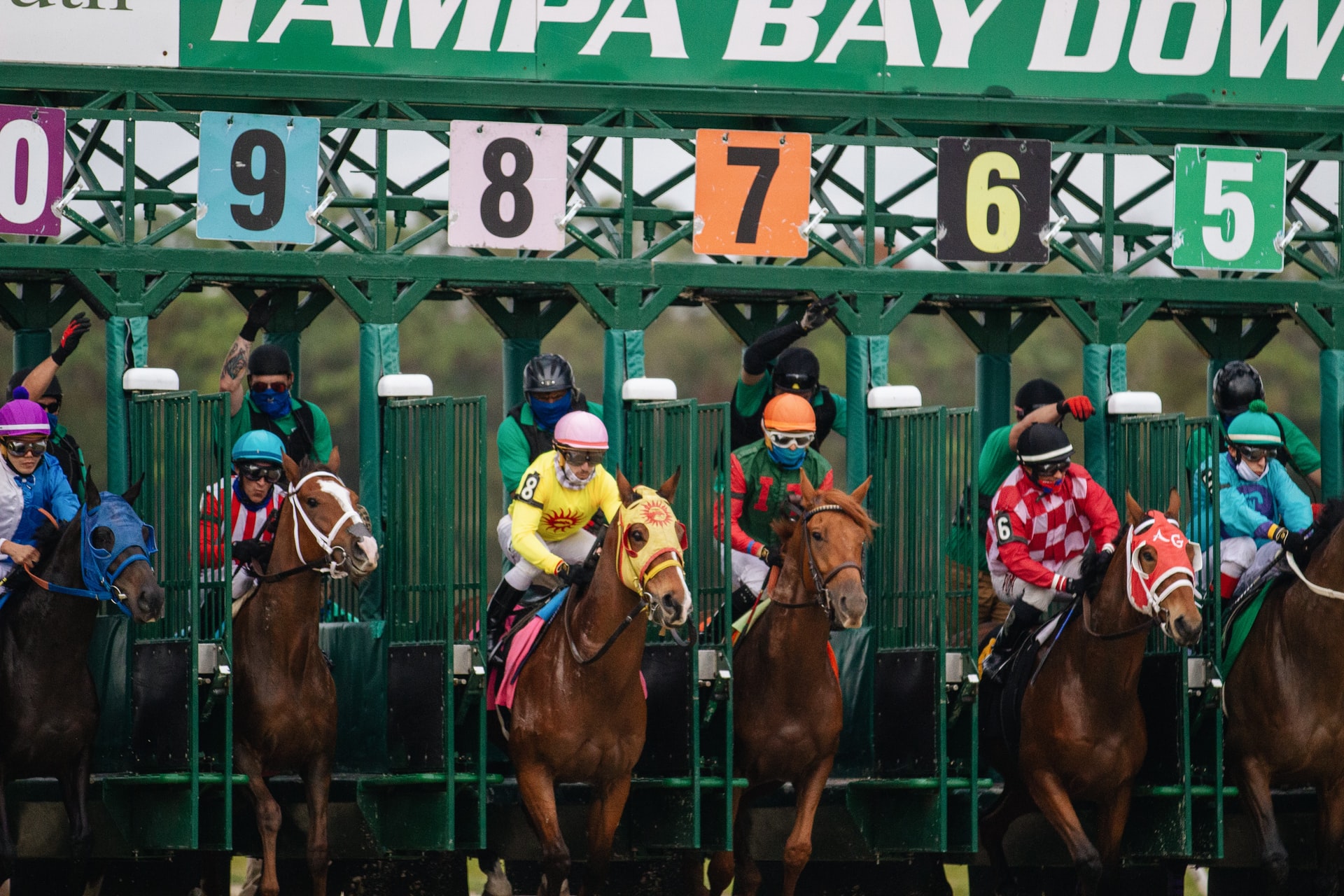
The principles utilized in Olympic equestrian rivalries are the global guidelines set up by the Fédération Equestre Internationale (FEI). They are similar standards utilized in global rivalry for all FEI-authorized occasions, like the World Equestrian Games. There are three primary Olympic equestrian occasions: show bouncing (or arena hopping), dressage, and eventing. While certain parts of the opposition, like dressage, depend on emotional judging, others depend on planning and blames or penalties.
Show Jumping
Keep pen and paper convenient and watch the time clock (exact to hundredths of a second), and you ought to have the option to follow the riders’ scores at home. In case of a tie, a leap off is held to decide the victor. The actual leaps, while forcing looking, are made to fall assuming the horse hits any part of the design.
General Rules
A ground jury composed of different appointed authorities and authorities (and qualified by FEI norms) investigates the course and judges the opposition. Horses should be something like nine years of age for Olympic rivalry. A chime is utilized to speak with the contender to flag when they might enter the field, alert them to stop or proceed after an interference, or to show that the rider is wiped out. Red or white banners are utilized to stamp impediments or required turns. Bounces for the most part are arranged as spreads, verticals, or water hops and might be set up in blends.
Faults and Penalties
- Four faults are given for each bounce wrecked (a rail or at least one piece of the leap tumbles to the ground).
- Four deficiencies are given if at least one hooves have an effect on the salt encompassing a water hop.
- Four faults are given for the main insubordination, (for example, a run-out or refusal to hop).
- One punishment point is given for like clockwork or part of a second surpassing the time permitted in the first and second adjusts and hop offs not with time as the opponent.
- One punishment point is allowed for each second or piece of a second surpassing the time permitted in a leap off with time as the opponent.
Grounds for Elimination
- Horse falls (shoulders and hindquarters contact the ground) or rider falls
- Second defiance
- Uncorrected deviation from the course
- Surpassing as far as possible
Dressage
Dressage contest incorporates the dressage occasion and the dressage period of the eventing rivalry. Deciding for dressage is maybe the most abstract of all the Olympic equestrian games. FEI rules diagram the norms for every walk and component of the dressage test. Five appointed authorities, situated around the outside of the 20-meter-by-60-meter (21.9-yard-by-65.6-yard) dressage ring, give every component a score, generally from 0 to 10 for certain components being given more noteworthy load by duplicating the score or “coefficient.” The ideal score is 100%.
Rules in regards to the sort of tack and dress that might be utilized are extremely severe. Contenders are precluded if every one of the four hooves land outside of the dressage ring, the horse will not perform for north of 20 seconds, or the horse or rider falls. penalties are given to riders who go off course or don’t salute as expected and for other minor infractions. These are deducted from the general score. At the Olympic level penalties of this sort are uncommon.
Eventing
Eventing is a joint contest that incorporates periods of arena hopping, dressing, and crosscountry bouncing. Rules for the arena hopping and dressage periods of eventing are like those utilized for the singular occasions. Crosscountry bounces are exceptionally forcing and not intended to fall or break into pieces when struck by a horse , albeit this is gradually changing as a result of the numerous destructive mishaps that have involved the two horses and riders. There might be verticals and spreads made of normal and synthetic materials, and the course can incorporate trenches, slopes, streams, and banks. Judges sit at every impediment and record any infractions.
General Rules
For the crosscountry stage, an “ideal time” is set up. There is no advantage to completing sooner than the ideal time, yet penalties are given in the event that the rider surpasses the ideal time. Riders might remount after a fall.
Penalties
First insubordination, (for example, a run-out or refusal, or circumnavigating to re-focus on the snag): 20 penalties
- Second defiance: 40 penalties
- Third insubordination: disposal
- Fall of contender at a deterrent: 65 penalties
- Fall of horse: elimination
- Second fall of the contender: elimination
Grounds for Elimination
- Hopping or bringing about an fault at an obstacle all turned around going through a necessary section all mixed up
- Horse is weak or depleted at the Second Horse Inspection
- Unapproved tack and gear
- Blunder obviously not adjusted
- Missing an impediment or mandatory entry
- Bouncing an obstacle previously hopped
- Bouncing a hindrance off course
- Maltreatment of horse, like inordinate whipping or prodding or utilizing illicit gearIssue